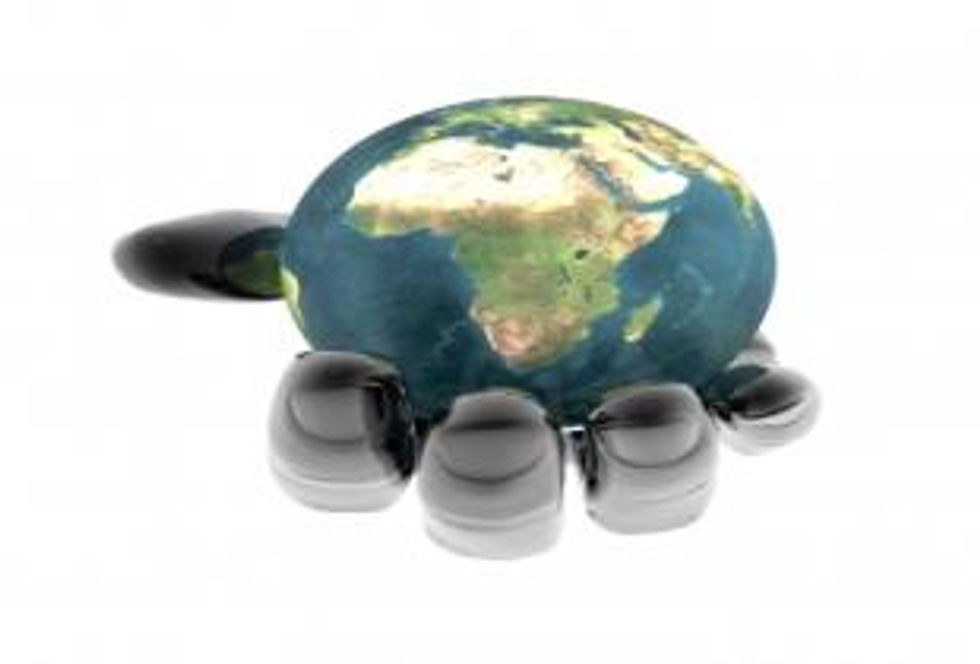Rare Earth is likely to spark off a new global policy issue, especially those from China. But Canadian miners such as Great Western Minerals and Avalon Rare Metals, with high concentrations of the heavy rare earth, stand to benefit in the geo-political tangle.
By Cyrus S Darabshaw Exclusive To
Increasingly (at the risk of using a bad pun), rare earth metals are becoming not so rare in the rarified world of geo-politics. The sector, sooner than later, is likely to spark off a new global policy issue.
United States President Barack Obama may have asked China on his recent visit to that country, to play the role of a super cop in Asia, but the Prez should have also asked the Chinese to clarify the air on the rare earth metals sector.
In an investing world gone metal crazy, the rare earth metals sector is one that stands apart for its ‘Made in China’ sticker.
As much as 90 per cent of the world’s total supply of rare earth metals is under the Chinese control.
This is predictably making everybody involved very, very nervous.
It means even the US, the last global power standing, has to look to the Chinese for meeting its requirements, some thing which the US does not like to do even as a routine, leave alone, rare needs.
To the uninitiated, the loose term rare earth metals is given to a collection of 17 elements found in the earth. Many metals from this group are used in almost all kinds of electronics — from that cellular phone you use, to the critical missile guidance systems that guard a country’s borders.
While supply is low, demand is getting shriller.
Obviously, the US is jittery. Suddenly, some very rare metals and not the Al Qaeda are at the centre of brewing geo-political tensions involving military issues.
What gave the US and the other countries even more of a fright was the recent rumour that China was on the verge of restricting exports of the more difficult-to-find rare earths like terbium, europium and dysprosium.
The whisper campaign is enough to have set the proverbial cat among the pigeons.
So the cat had to react. Which it did in the first week of November.
On November 3, the US Prez signed the US National Defense Authorization Act for Fiscal Year 2010, mandating the General Accounting Office (GAO) to conduct an assessment of the rare earths used in US Department of Defense (DOD) supply chains.
The move sent the rare earths frat into raptures.
Lobbyists like Jeff Green who campaign on behalf of various companies within the rare earth metal industry were “absolutely thrilled.” His colleagues were elated since their interpretation was that the assessment would “finally” establish a baseline for the industry by taking their own independent assessment of the issue surrounding supply constraints of rare earth metals seriously.
The GAO is expected to report back to the executive branch by April 2010.
Uneasy pangs
However, the reporting back date (April 2010) has made some of the players queasy. Already.
Writing in the Agmetalminer.com, well-known metals commentar, Lisa Reisman said many in the sector feel that six months is “just not enough” for stock taking.
Green himself has been quoted as saying, “It will be tight but the GAO has some mitigation tools to address the time issue….they can issue interim reports.”
Organizations such as the Defense Metals Technology Center (DMTC) feel the opportunity could be used to facilitate a co-ordinated approach among all rare earth industry stakeholders.
In the US, Green and the DMTC are now planning to “tighten the notch a bit” and get industry players like the mining companies, ore refiners, processors, government players and end users together at events to discuss how the country’s policymakers can focus on securing the nation’s defence supply chain.
More than just a defence issue
Matters are not just confined to the military space though.
A new concern about the Chinese is now making the rounds on the trade front.
Jack Lifton, an independent consultant focusing on the market fundamentals and future end-use trends of the rare metals, expresses it eloquently when he says that those metals in which China dominates global production, that nation will have dual pricing.
That means domestic consumers will be able to buy at a cheaper rate than their international counterparts.
So, what’s wrong with that, you ask?
At the very least, shorn of all economic jargon, it would mean unfair trade practices since the Chinese product would be cheaper compared to the US one.
A mobile phone in China would cost say US$ 1 and the same with the `Made in China’ label will be sold to the US consumers for US$ 2.
According to Jack, the lower price will mean that Chinese manufacturers of consumer products using any of the rare earth metals will be able to continue producing them for the domestic market without a cost penalty.
Any rare earth metals exported from China or produced outside of China will be sold for much higher prices in the non-Chinese market.
Such a dual pricing would mean huge profits for the Chinese producers of rare earth metals. At this point, profit is very low now because the current prices for ‘rare earth concentrates’ at the mine are too low for there to be any reasonable return on investment, by western standards.
Only those miners such as Canada’s Great Western Minerals Group [GWG.V] and Avalon Rare Metals [AVARF.PK] who have high concentrations of the heavy rare earths and/or are vertically integrated, stand to be the mining beneficial.
So, the way things are moving in the rare earths sphere, followers can expect some fireworks (Chinese or otherwise) in the months to come.
